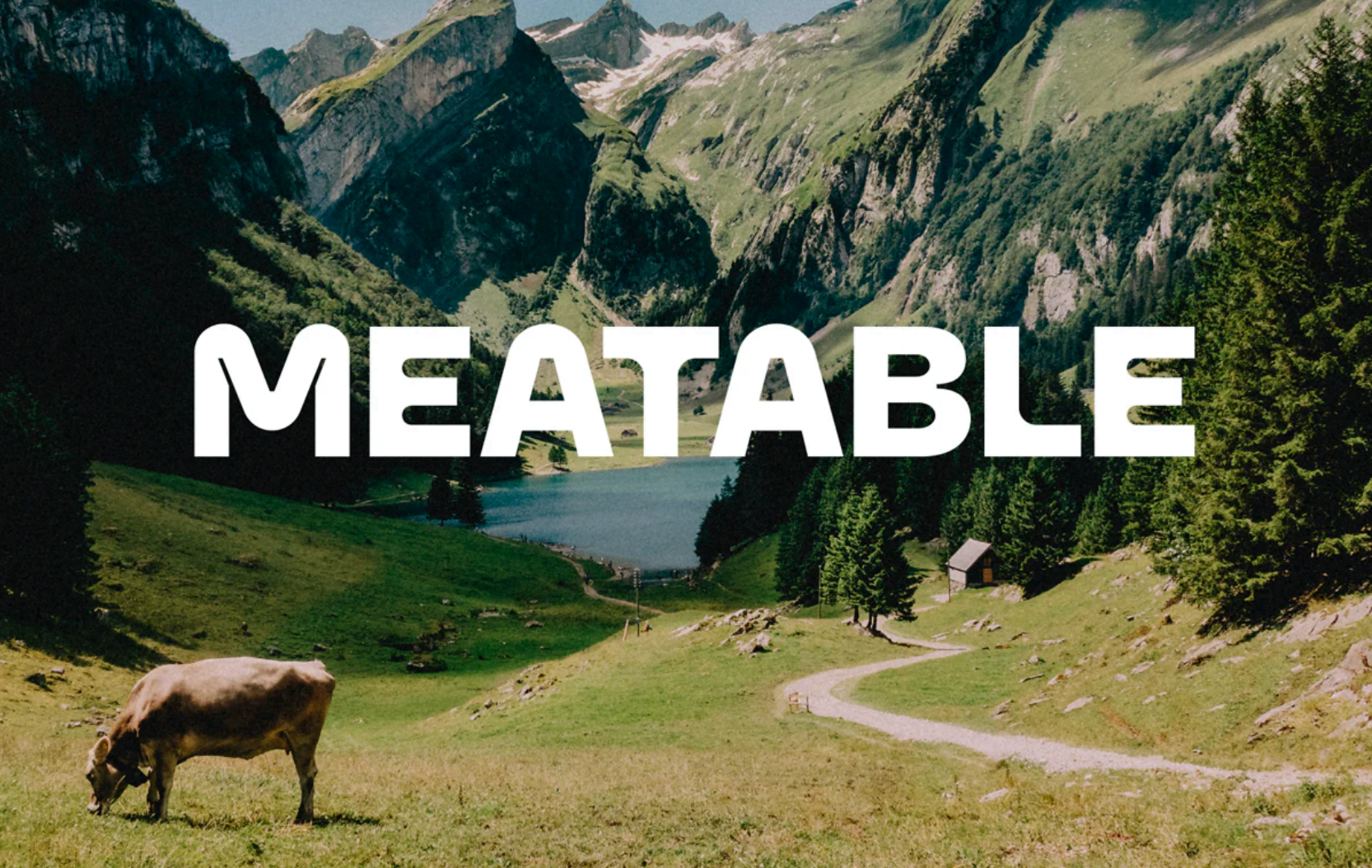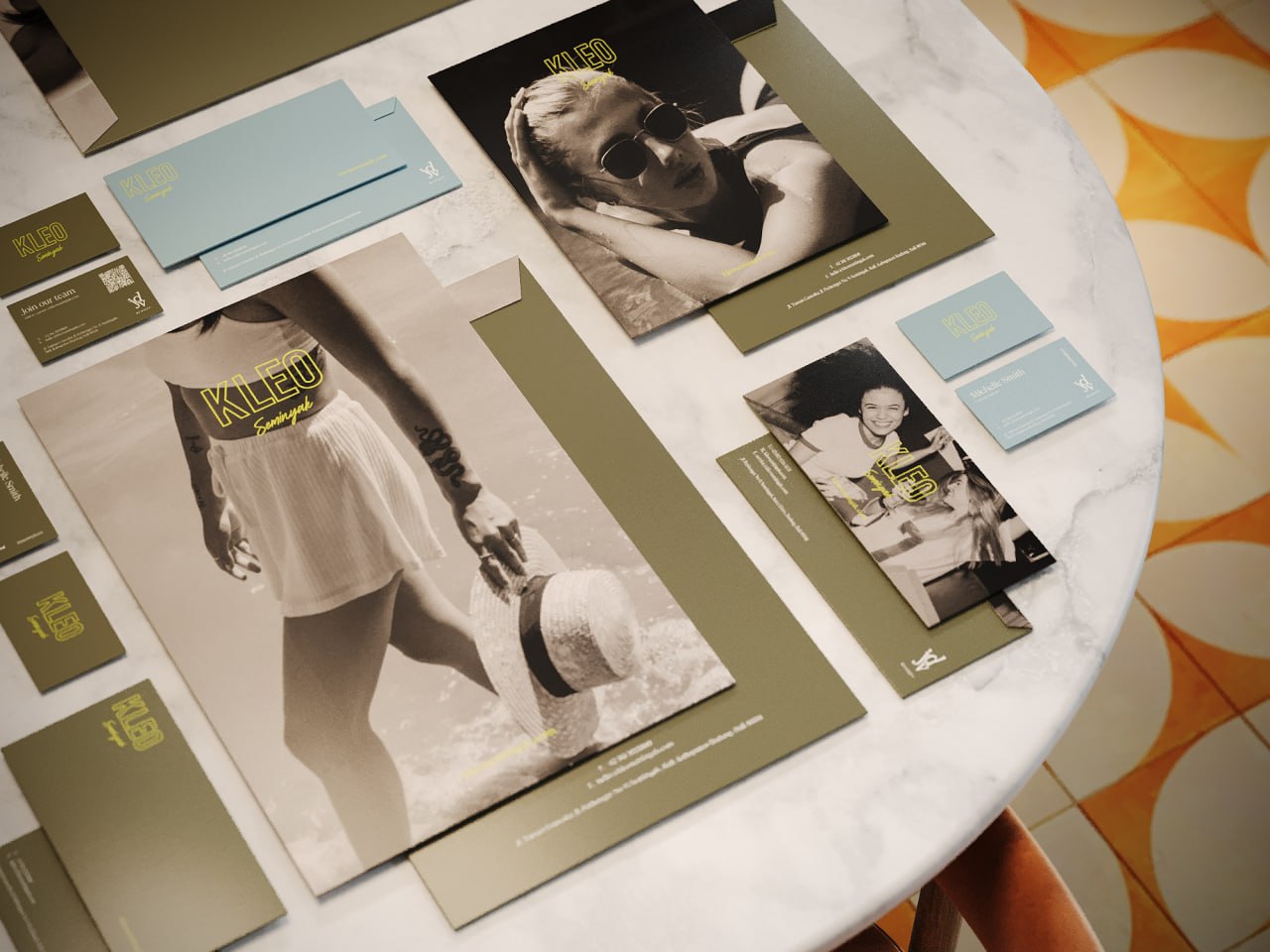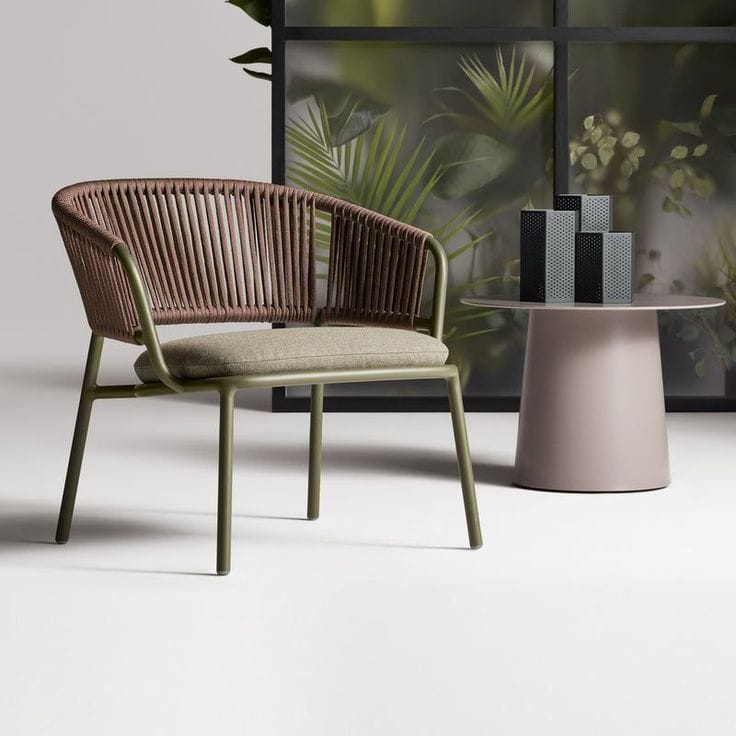Insight
The changing face of sustainable branding
Share:

We explore how the visual language around sustainability is evolving, and why designers need to prioritise originality when it comes to building brands that want to save the planet
By Aimee Mclaughlin 24/10/2023

Once upon a time, the archetypal sustainable brand would conjure up images of green rolling hills, earthy tones, and the ubiquitous leaf motif. But as the market for climate-focused businesses has rapidly grown, there’s also been a greater recognition among those companies of the value of investing in brand. Over 90% of consumers made the same number or more sustainable purchases in 2022 compared to the previous year, according to IRi Worldwide, while products marketed as sustainable grew on average 2.7 times faster than their non-eco friendly counterparts, according to NYU Stern.
Recent sustainable brand success stories range from Chilly’s, which has turned reusable water bottles into a fashion statement while helping fast-track the demise of single-use plastic; to plant-based milk brand Oatly, whose witty tone of voice rooted in Swedish humility is proof that environmentally conscious businesses don’t need to take themselves too seriously; to refurbished tech marketplace Back Market, which is changing the conversation around our enormous e-waste problem.

For Koto co-founder and CCO Jowey Roden, the broadening visual language around sustainability has also coincided with a huge increase in awareness and scepticism of greenwashing. “I think where it’s got to is, ‘we want to appear sustainable’ feels like ‘we want to appear trusted’ or ‘we want to appear human’ – those tropes that people have done to death,” he says. “We’re trying as much as possible to ignore the traditional tropes and find other ways of telling the stories that are really true to the products and businesses that we work with.”









